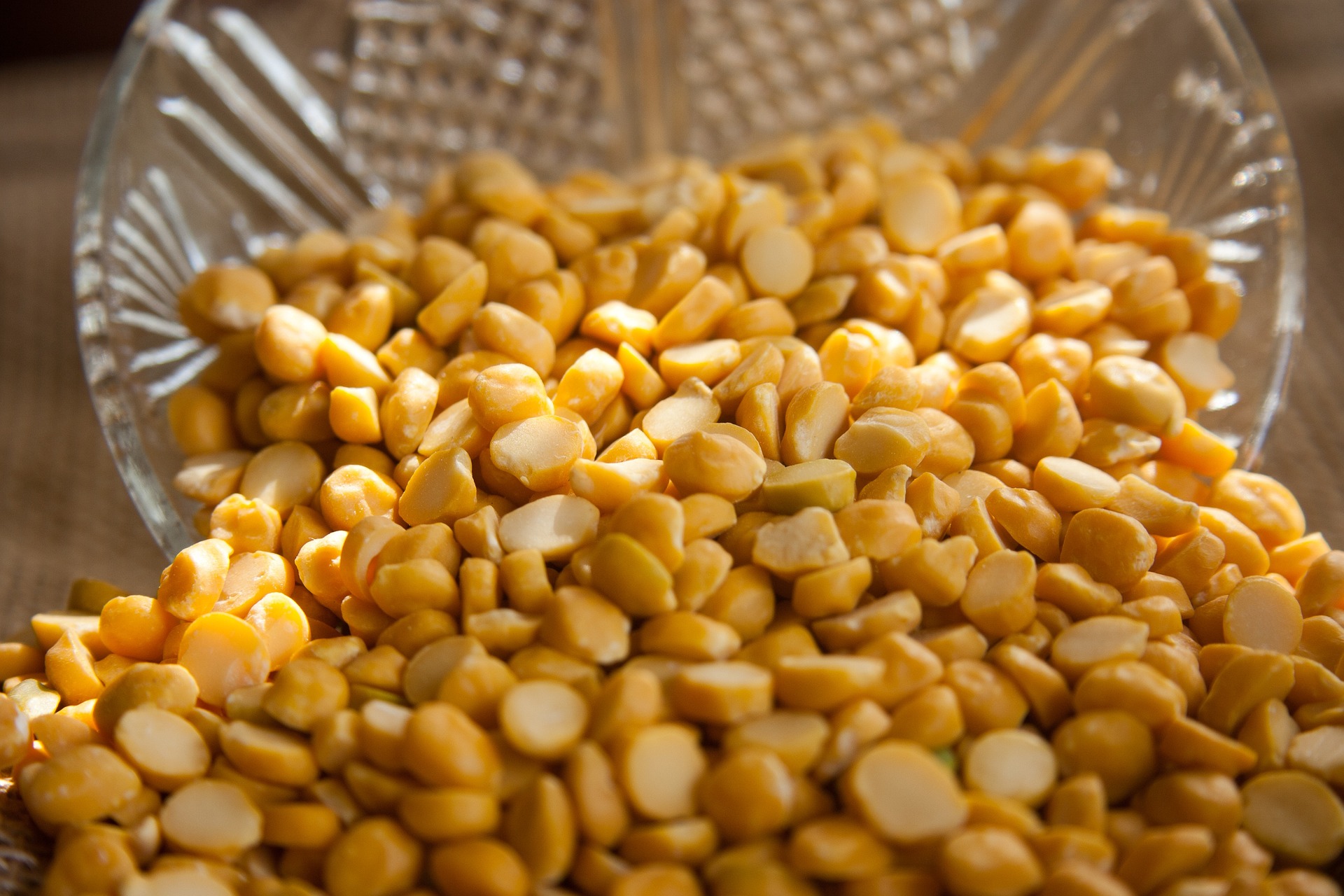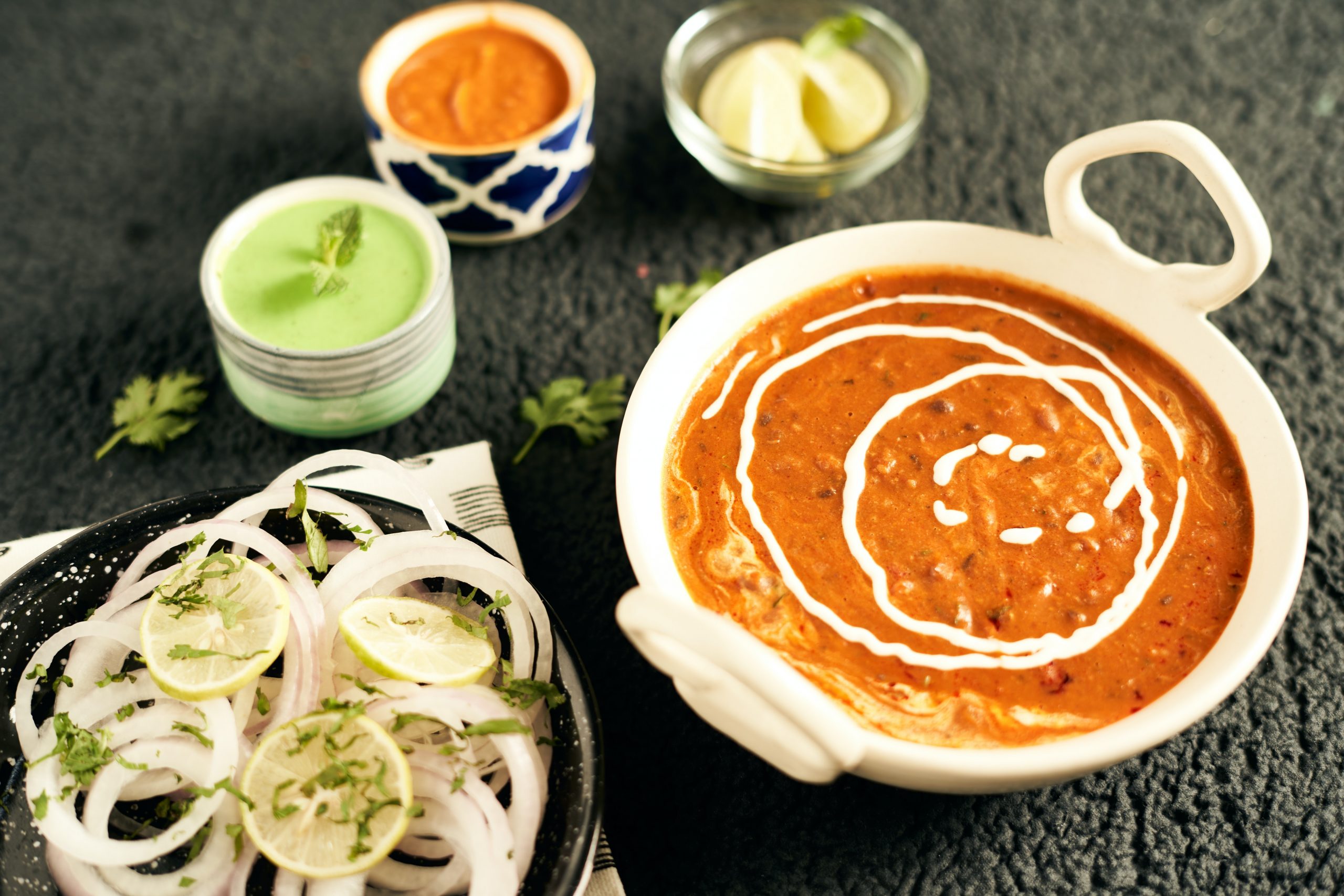You may want to know how long you can keep dal in the fridge. Dal is an Indian food that is a great addition to a meal, but it can spoil if stored improperly. There are a few ways to store it that will help it last longer and not get spoiled.
How long does dal remain in the fridge and how to make lentil dahl are covered in this article.

What is Dal?
Dal, often written as daal or dahl, is a common lentil-based dish in Indian cooking. It is often prepared by cooking lentils or other legumes with spices until they are soft and have a creamy texture, such as split peas or mung beans. With rice, bread, or other grains, dal is frequently served as a side dish or as a main course. It is renowned for its rich, savory taste and high protein and fiber content, and it is a staple food in many regions of India. There are numerous varieties of dal, each with a special combination of spices and seasonings. Masoor dal (red lentils), toor dal (yellow split peas), and chana dal are a few of the more well-known variants (split chickpeas).
One of the top five pulses produced worldwide, the lentil has an annual production of over 4.5 million tonnes. Canada, the United States, Turkey, Australia, and India are the countries that generate the most of it. It has low-fat content and is a great source of protein, which lowers the risk of obesity, coronary heart disease, and type 2 diabetes.
How Long will Dal Keep in the Refrigerator?
In the fridge, the dal keeps for about three to six days when properly preserved. Allow the dal to come to room temperature before storing it in the refrigerator, and do so within two hours of cooking it.
Around the world, dry beans and pulses are produced in large quantities. Over 68 million metric tonnes of these grain legumes were produced globally in 2019, with Asia alone accounting for 50.67% of that total. Africa came in second with 27.80%, followed by the Americas (North, Central, and South) with 15.62%. Lentils, chickpeas, mung beans, pigeon peas, and other local pulses were the most widely produced legumes worldwide, followed by cowpeas and vetches in Africa, dry beans, lentils, and chickpeas in the Americas, lentils, lupins, vetches, and other pulses in the EU region, and lupins and vetches in Oceania.
Dehulling pigeon peas significantly lowers the amount of time required to prepare dhal while also enhancing the grain’s look, texture, palatability, digestibility, and nutrient availability.
How should Cooked Dal be Kept?
Lentils that have been cooked should be kept in a saucepan with a lid or an airtight container. Please make sure the lentils are at room temperature and have cooled before placing them in the storage container.
However, avoid leaving your cooked lentils to cool on the counter for a long period. Within two hours of preparation, place cooked lentils in the refrigerator.
Cooked lentils should be refrigerated, preferably in a food container or, at least, in a saucepan with a lid.
That holds whether the lentils are in a lentil soup, a side dish, or a saucepan of cooked lentils.
Let them cool off a little before putting them in the fridge. To cool a large amount of food more quickly, spread it out over a sizable area, such as several plates.
Can Cooked Lentils be Frozen?
Lentils freeze reasonably well, whether used in lentil soup or other prepared food. Before storing the lentils for freezing, ensure they have cooled to room temperature.
The majority of lentil soup varieties freeze well. However, it is a good idea to review the lentil soup’s ingredient list to see if any other freezing processes are necessary.
One piece of advice is to leave the fresh herbs out of lentil soups when freezing them. After you’ve thawed and warmed the lentil soup, add the herbs. Place the lentil soup in the refrigerator overnight to defrost. For reheating, add a little water to the lentil soup.
Storing Dal in Zip Lock Bags to Prevent Freezer Burns
If you’re looking to store dal for the longest period possible, you’ll need to ensure it’s in an airtight container. There are two basic types of containers that are suited for this purpose: plastic and aluminum foil.
In fact, you can freeze dal in a variety of containers, including silicone trays and Ziploc bags. However, it would be best if you did not fill the bags. This saves on shelf space and prevents a freezer fire.
There are several ways to prevent freezer burns, but the trick is to use the right containers. You can also check the temperature of your freezer using a thermometer. Make sure you use a cold one, not a hot one.
As for properly handling the dal, it’s a good idea to cool it down to room temperature for a few hours before placing it in the freezer. Doing so will also minimize the risk of freezer burn.
While there are no guarantees that you will never get a freezer burn, you’re far less likely to have a bad batch. If you do, don’t panic. Fortunately, you can always salvage what you can from the freezer and enjoy it fresh the next day. To help you out, here are some of the best ways to prepare and store dal for the longest amount of time possible.
How can I Know Whether Cooked Dal is Contaminated?
The presence of fuzzy-colored patches on the surface of cooked lentils indicates the presence of mold or fungi. Before reheating, always check the cooked lentils for deterioration and discard them if they are moldy. Due to the food’s starch granules retrograding, there are texture changes that are noticeable, increasing the product’s consistency and cohesion.
The strange scent of the rotting lentils is always noticeable. Pay attention to the scent and toss the cooked lentils if anything seems wrong. The growth of microbes and subsequent synthesis of organic acids are linked to changes in food pH. (acidic aroma or taste). The lentils’ rancidity and unpleasant odors show that their fatty acids have degraded.
The lentils should not be kept in the refrigerator for more than a week. Even if the lentils taste, look, and smell excellent, this still holds. This is due to the possibility that the rotten lentils contain poisons that are not readily apparent.
How Long do Dry Lentils Last?
Depending on the storage circumstances, dried lentils have a shelf life of one year, according to the US Department of Agriculture. Lentils retain their freshness for around two to three years if stored in a dry, dark, and cool environment; nevertheless, there is a quality loss.
In reducing the initial moisture content of beans and managing storage conditions, lower storage temperatures are preferable for extending the shelf life of dried pulses (5). Dry lentils retain their freshness for up to five years when stored properly. However, the nutritional profile of aged lentils is subpar. The lentils’ vitamins and other minerals deteriorate with time.
The dry lentils’ best-by date is merely a guide to the highest quality; it does not indicate safety. It represents a processor’s best guess for how long the product will be in peak condition. The lentils may not necessarily spoil after the printed date, to sum up.
Can Dry Dal Spoil?
Measurement of food loss during storage is weight loss (not moisture loss). In contrast to weevils that primarily eat on the endosperm, rodents and moth larvae may preferentially target the grain’s germ, eliminating a large amount of the protein and vitamin content. The presence of pantry bugs indicates rotten lentils. Pest-infested lentils should be thrown away (6).
Even if the mold is confined to a particular area, throw away the moldy lentils. When lentils are exposed to moisture, mold develops on them lentils. The dried lentils are ruined if they emit a strange or sour smell.
Is it Possible for Canned Lentils to Spoil?
Canned Lentils typically remain edible for months, if not years, after the expiration date.
The contents of the can should be fine as long as the can appears to be completely undamaged. That holds even if the product has beyond its best-by date on the label by a few years.
Canned Lentils occasionally go bad, although it’s quite uncommon. When should you throw them away?
The tin is damaged, leaky, or rusting. Even if the contents of the can appear to be fine, you should discard the can if there is a problem.
The lentils are faulty in some way. You open the package to see what’s inside and if everything looks acceptable. The meal within ought to resemble, well, lentils that have been cooked in salty water. No mold, oddly colored components or strange odors are thus present. If the package is older, thoroughly inspect the lentils after rinsing to ensure everything is in order.
Observe the guidelines I provided in the section on cooked lentils regarding leftovers.
How to Thaw Dal?
Dal is a traditional Indian meal made of lentils that can be defrosted in some ways. Here are several possibilities:
- Transferring dal from the freezer to the refrigerator and letting it thaw gradually are the best ways to thaw it if you have the time. This technique guarantees a safe and even thawing of the dal.
- Thawing in a bowl of cold water: If you need to defrost the dal more rapidly, you can put it in a resealable plastic bag and do so. To keep the water cool, change it every 30 minutes.
- Thawing in the microwave is an additional option for the dal. Put it on a dish that can be microwaved and switch the microwave to “defrost.” To make sure that the dal thaws evenly, stop every few minutes and mix it.
Whatever way you go on, make careful to fully cook the dal after thawing to make sure it is safe to eat.
Conclusion
The specific response to that query relies on the storage conditions; lentils should be refrigerated within two hours of cooking.
Cooked lentils should be stored in shallow, sealed containers or resealable plastic bags in the refrigerator to extend their shelf life while maintaining quality and safety.
In the refrigerator, cooked lentils last for how long? Cooked lentils can be kept in the fridge for 3 to 5 days.
How long can lentils that have been cooked be stored at room temperature? When left out for longer than two hours at room temperature, cooked lentils should be thrown away because bacteria can quickly multiply between 40 and 140 degrees Fahrenheit.
Cooked lentils should be frozen in closed, airtight containers or heavy-duty freezer bags to increase their shelf life further.

